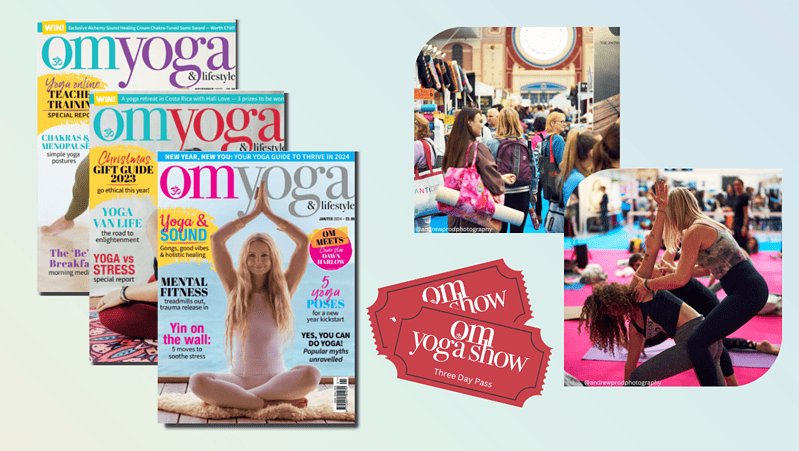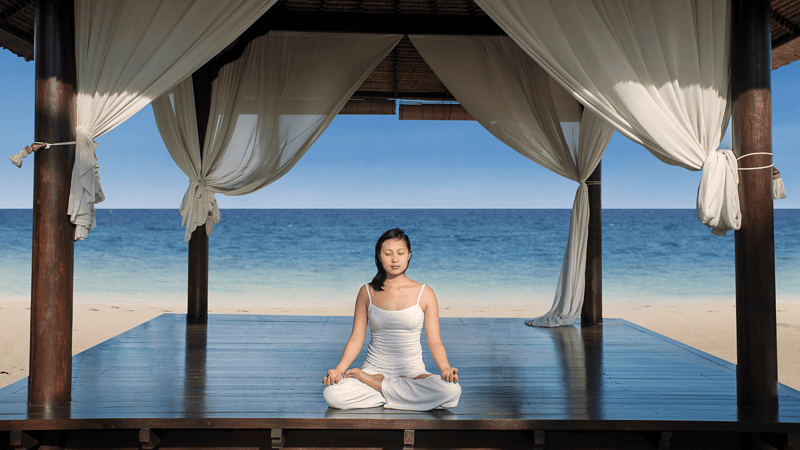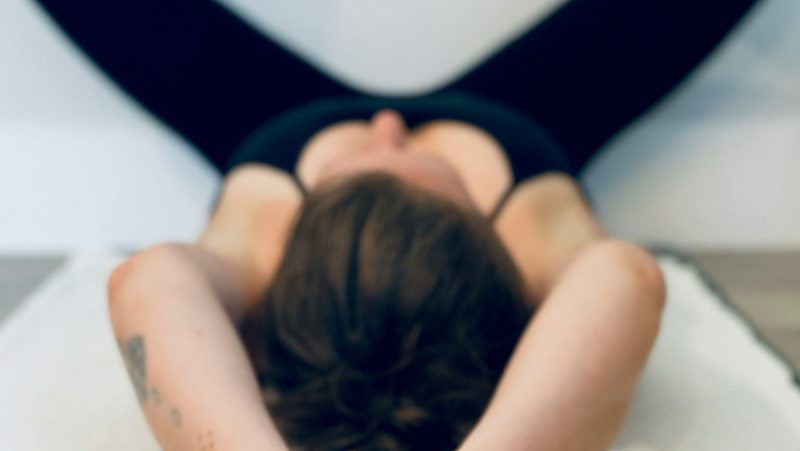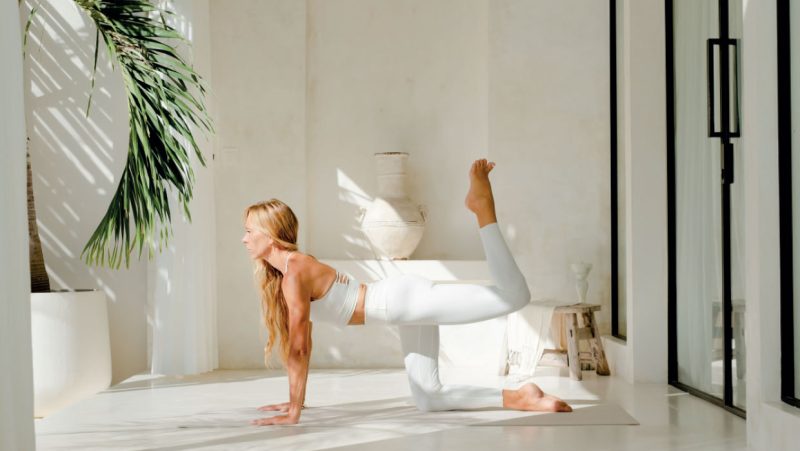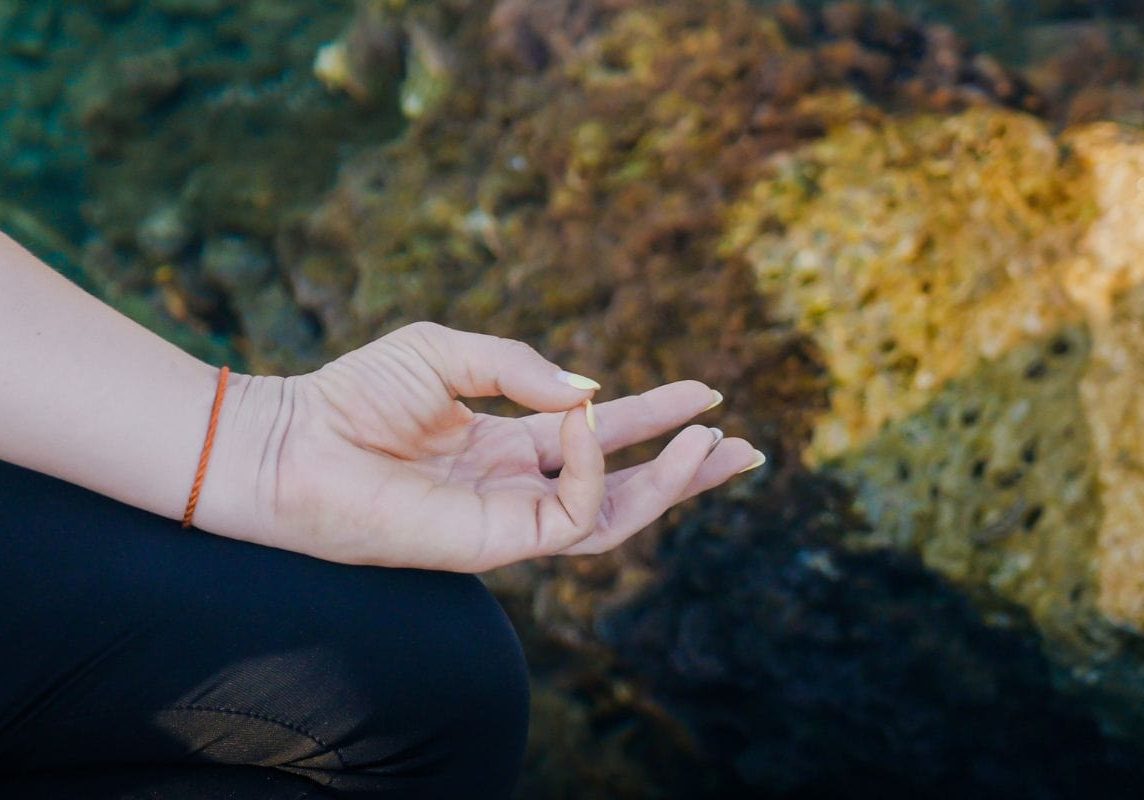
Making waves with Varuna mudra
Varuna mudra is known as the 'god of the sea' and as the name suggests, is associated with replenishing and balancing the water element in the body. By Diane Ashfield
Whether or not we realise it, we speak with our hands. Communicating by making gestures with our fingers and thumbs has been around for millennia. During a gladiatorial battle, a Roman Emperor would decide whether the warrior at the end of the sword lived to fight another day or took his last breath by giving either the thumbs up or thumbs down sign – a signal which we still use to this day. The mudras we use in our yoga practice have been around for a similar period of time. Just as asana can feel amazing when we twist and bend our bodies into a particular posture, mudras can have the same effect as we rotate and manipulate our fingers and wrists into position. However, as with our physical practice, there’s more to mudras than just a fancy shape made with our hands.
A mudra is generally translated as a gesture or 'seal' that can add intensity and bring more focus and awareness to our meditation, concentration or physical practices. As they are used to channel energy flow, mudras can also act as healing agents, enhancing our overall well-being and spiritual growth.
There are over a hundred mudras, the majority of the ones we use in yoga are hasta (hand) mudras, each providing its own specific benefits and healing properties – if used regularly. Some are easy to perform, others may feel a little more challenging for the wrists and fingers, so as always we work to our measure and don't force our hands to come into a mudra, especially if it feels uncomfortable to hold for a few minutes, or if it just doesn’t feel right.
Varuna mudra is known as the 'god of the sea' and as the name suggests, is associated with replenishing and balancing the water element in the body. Regularly practicing Varuna mudra is said to be beneficial in strengthening the bladder, and nourishing the blood and lymphatic system. It is said to reduce cholesterol, increase saliva production by stimulating the salivary glands, cure extreme thirst, can help to alleviate dry, itchy eyes and boost our natural beauty by hydrating dry skin, reducing the effect of fine lines and wrinkles, giving our complexion a healthy glow.
As this mudra can increase the flow of water in the body, it’s best not to practice Varuna if you are experiencing any swelling or bloating associated with water retention, during menstruation, or if you are suffering from a heavy cold, flu symptoms or cough as Varuna could create an increase of phlegm in the body.
I love the way mudras can enhance and deepen our meditation or concentration practices by quietening the mind whilst directing our point of focus towards our hands. Although I love the challenge of a more complicated mudra, sometimes the simplest of mudras can be the most powerful, and Varuna is one of the easiest mudras to practice.
Sitting comfortably, relax the shoulders down and away from the ears and encourage your whole body to release any tension. When your breath is calm and relaxed, join the tips of the thumbs to the tips of the little fingers. Either straighten or relax the other fingers, whichever feels more comfortable for you, and rest the backs of the hands on the thighs. Sitting quietly, close your eyes and hold the mudra for a minimum of five minutes, imagining that your whole body is being cleansed.
In Hindu mythology, Varuna is the god of the water element, and he is often depicted as a powerful deity who controls the ocean and the celestial waters which sustain all life. By practicing Varuna Mudra, we can tap into this energy (no pun intended) and connect with the divine.
If practiced regularly, Varuna has the ability to revitalise and recharge our cells, quieten our minds and enhance our natural beauty by balancing and replenishing the water element in our bodies. So if you are looking for a pick-me-up to bring more harmony into your life, or if you feel you are sinking in a sea of worries, perhaps dip into Varuna mudra – it could possibly provide you with a paddle.


